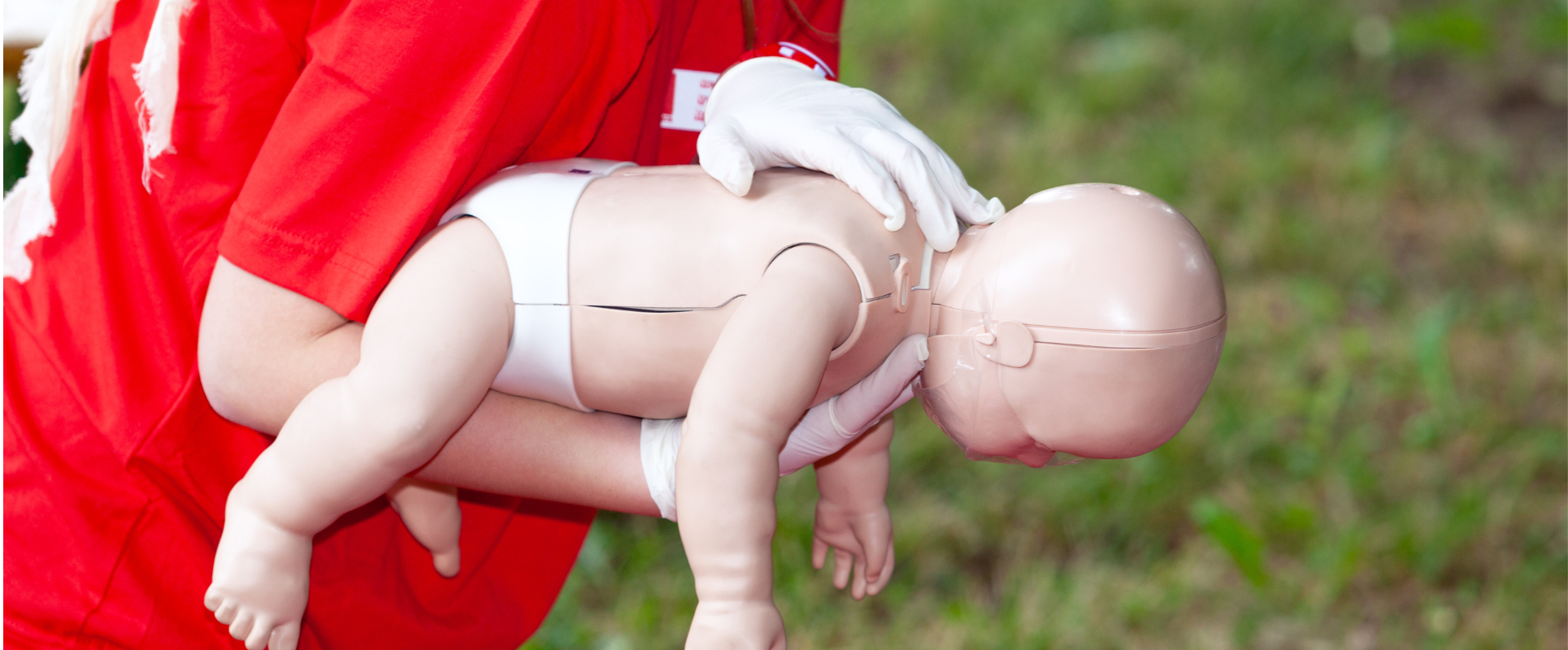
Do Parents Really Know How to Perform First Aid for Choking in Children?
Choking is one of the most common and dangerous emergencies among babies and young children. It can happen quickly, silently and unexpectedly—whether it’s a grape, a peanut, a toy part or even a piece of bread.
According to the American Academy of Pediatrics (AAP), choking is a leading cause of injury and death in children under 4 years old.
As a parent, knowing the right first aid steps can save your child’s life. But do you truly know what to do if it happens? Let’s break it down in simple, clear, life-saving steps.
Why Children Are at Higher Risk of Choking
Young children are more likely to choke because:
-
Their airways are small and easily blocked.
-
They don’t chew food thoroughly.
-
They love to explore by putting objects in their mouths.
-
Certain foods (grapes, hot dogs, nuts, popcorn) are perfect choking hazards.
Warning Signs of Choking in a Child
Recognizing the signs early is crucial. Look for:
-
Inability to breathe, cry or cough.
-
High-pitched noises or silence when trying to breathe.
-
Bluish skin or lips (cyanosis).
-
Clutching the throat (universal choking sign).
If your child is coughing strongly, encourage them to keep coughing and monitor closely. If they cannot breathe or cough, act immediately.
Step-by-Step First Aid for Choking in Infants (Under 1 Year)
Based on American Red Cross & Mayo Clinic guidelines.
-
Check responsiveness – Call their name, see if they respond.
-
Call for help – If someone is nearby, ask them to call emergency services (e.g., 911 in the US).
-
Position the baby face-down on your forearm, supporting the head and neck.
-
Give 5 back blows – Using the heel of your hand, firmly strike between the shoulder blades.
-
Turn the baby over – Support the head and neck, place on your thigh.
-
Give 5 chest thrusts – Use two fingers at the center of the chest, just below the nipple line.
-
Alternate between 5 back blows and 5 chest thrusts until the object is expelled or the baby becomes unresponsive.
If the baby becomes unresponsive, start CPR immediately and continue until emergency help arrives.
Step-by-Step First Aid for Choking in Children (Over 1 Year)
-
Ask if they are choking – If they nod and cannot speak or breathe, proceed.
-
Stand or kneel behind them – Wrap your arms around their waist.
-
Make a fist – Place the thumb side just above the belly button.
-
Perform abdominal thrusts (Heimlich maneuver) – Press inward and upward in a quick motion.
-
Repeat thrusts until the object is expelled or the child becomes unresponsive.
If the child becomes unresponsive, start CPR.
What NOT to Do When a Child Is Choking
-
❌ Do not perform blind finger sweeps – This may push the object deeper.
-
❌ Do not shake the child – It doesn’t help and can cause injury.
-
❌ Do not give the child water – This can worsen the blockage.
Prevention Is the Best First Aid
Tips to reduce choking risks:
-
Cut food into small, age-appropriate pieces.
-
Avoid nuts, popcorn, hard candies and whole grapes for children under 4.
-
Supervise mealtimes—no running, playing or talking with food in mouth.
-
Keep small objects, coins, batteries and toys out of reach.
-
Learn CPR and first aid—knowledge saves lives.
The Emotional Side: Staying Calm Under Pressure
In a choking emergency, panic wastes precious seconds. Take a deep breath, focus and remember your training. The calmer you are, the more effective your actions will be.
Conclusion
Choking can happen in seconds but knowing what to do can make all the difference. Invest a little time in learning infant and child first aid techniques. One day, that knowledge may save the most important life of all — your child’s.
References
-
American Academy of Pediatrics – https://www.healthychildren.org/English/health-issues/injuries-emergencies/Pages/Choking-Prevention.aspx
-
American Red Cross – https://www.redcross.org/take-a-class/resources/learn-first-aid/adult-child-choking
-
American Red Cross – https://www.redcross.org/take-a-class/resources/learn-first-aid/infant-choking
-
Mayo Clinic – https://www.mayoclinic.org/first-aid/first-aid-choking/basics/art-20056637
World Health Organization – https://www.who.int/news-room/fact-sheets/detail/child-mortality-under-5-years








